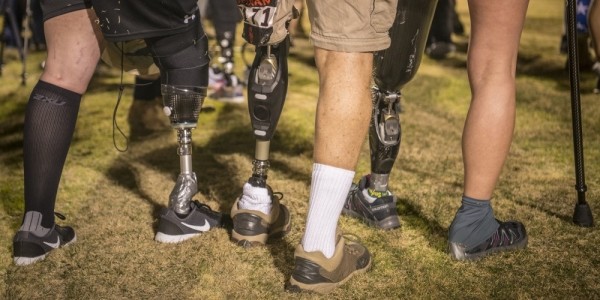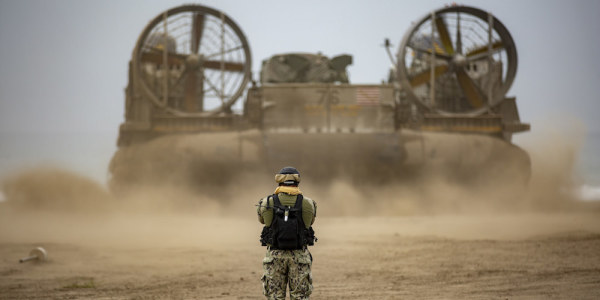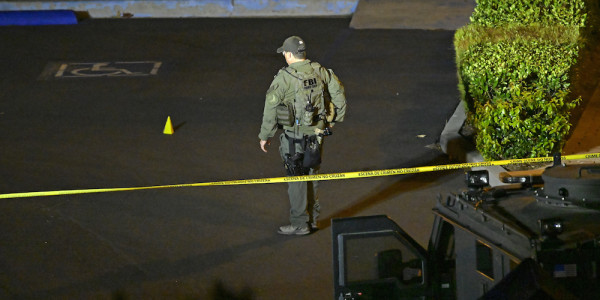A controller working in an air traffic control tower in Albuquerque, New Mexico is being credited with saving the lives of six Air Force service members in a CV-22 Osprey that was nearly involved in a “catastrophic failure.”
Wendy Smith was working in a tower serving both Kirtland Air Force Base and Albuquerque International Sunport on the evening of Nov. 10, 2020, when she noticed something amiss with the Osprey, according to an Air Force press release, and reported over the radio, “hey Dusty 73, your right prop-rotor looks weird.”
According to Lt. Col. Brett Cassidy, the commander of the 71st Special Operations Squadron, the crew then looked out the window and saw the three tip lights on the prop-rotor were not fully aligned as they should be. “That was enough. They came back in, landed, got a new aircraft and went back out,” said Cassidy. “The maintenance team downloaded the information, and that blade was vibrating three times its limit.

“It requires experience to know that something’s wrong,” Cassidy said of Smith, an FAA air traffic controller for more than a decade. “She’s probably one of the few people here with the experience to recognize that something’s just not quite right.”
The $90 million Osprey was operating under low-light conditions and doing full “brownout” landings in which the crew, wearing night vision, had zero visibility of the landing zone. A tiltrotor aircraft that can fly like a plane and take off and land like a helicopter, the CV-22 is a special operations variant of the Osprey with additional countermeasures, forward-looking infrared sensors, and terrain-following radar.
Further inspection found a bearing that controls the pitch of the blade was falling apart, which Cassidy estimated would have broken down completely after roughly an hour in the air. “If the aircraft had continued not to report, and the aircrew hadn’t noticed the vibrations, it would’ve been a catastrophic failure,” he said. “That would’ve been a loss of the aircraft and crew.”
Smith received a coin from Cassidy for her actions on Jan. 8. The affected Osprey, meanwhile, has already been repaired.

























